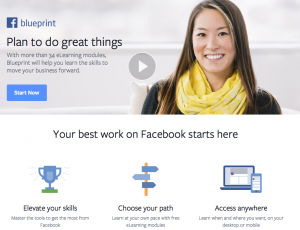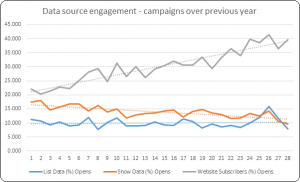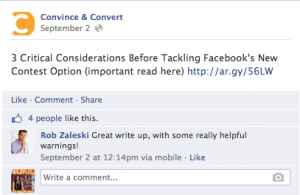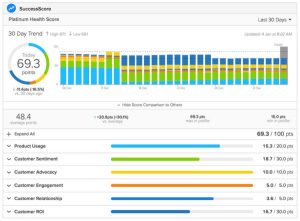Job seekers today are just as concerned about who they work for as they are about what job they are doing. Many workers will decide where to apply for based on the company’s reputation. This focus on an employer’s reputation has financial implications as well. Companies with negative reputations spend at least 10% more per hire than companies with neutral or good reputations.
But how do you communicate your company’s culture if you haven’t been recognized on a top employer list? The answer is employer branding. There are three things you can do now to make the process easier as you move forward with creating your employer brand.
- Create your Employer Value Proposition (EVP)
You know what makes your company unique to your customers. Crafting your EVP is the process of finding out what makes you unique to your employees and job-seekers. Before sitting down to write out your EVP, it’s important to do some research. Ask your employees what they think. Conduct searches on social media sites to see what people are saying about you. Read your reviews on employer review sites like Glassdoor or Indeed. This research should tell you where your strengths are so you know what to highlight in your EVP. It could also show you where any weaknesses are that you can address as you move forward.
When it comes to writing your EVP, there are five areas that Gartner advises you to address. They are: opportunity, or what career growth looks like at your organization; people, what is the atmosphere between co-workers; organization, how does your company rank in your market; work, how challenging are the jobs and what is the work-life balance like; and rewards, what are the salary, benefits, and perks like.
- Engage on social media
This is the primary place where people will interact with your employer brand. It’s important that your social media channels are updated regularly and in a way that will highlight, not diminish, your newly established brand.
One question you do want to ask your team is whether you want to create standalone accounts for your employer brand or fold it into your main account. For example, Starbucks has their main Starbucks accounts and then one called StarbucksJobs for their employer brand, while MailChimp just has one account for all their posts.
When making the decision regarding a standalone account, take into consideration how high your turnover rate is. If you have a low turnover rate, you may want to just have one account so your employer brand account doesn’t lay dormant for long periods of time. If you do make a separate account, make sure you still follow the 80/20 rule of social media: 80% of your posts should be about the employees and working atmosphere, the data points supporting your employer brand, and only 20% should be job postings.
- Decide how you will measure success
Like everything else you do, your employer branding process should be measured for success, failure, and places for improvement. There are many data points you can use for measuring your employer branding process:
- Number of applicants to open job postings
- Quality of applicants
- Time spent in the company
- Cost per hire
- Surveys of current employees and/or new hires
- Candidate experience surveys
- Social media listening
- Monitoring employer review sites
A good employer brand will also help boost morale among your existing workforce. The process of developing and disseminating your employer brand will necessarily involve engaging your current workforce. Engaged employees are not only key to any employer branding strategy, they are more productive and more profitable for the company. Articulating your employer brand will also allow your employees to align themselves with it, another factor that helps employees stay engaged at work. Strongly engaged and strongly aligned employees are also less likely to leave, meaning you save even more on recruitment.
Business & Finance Articles on Business 2 Community
(40)








